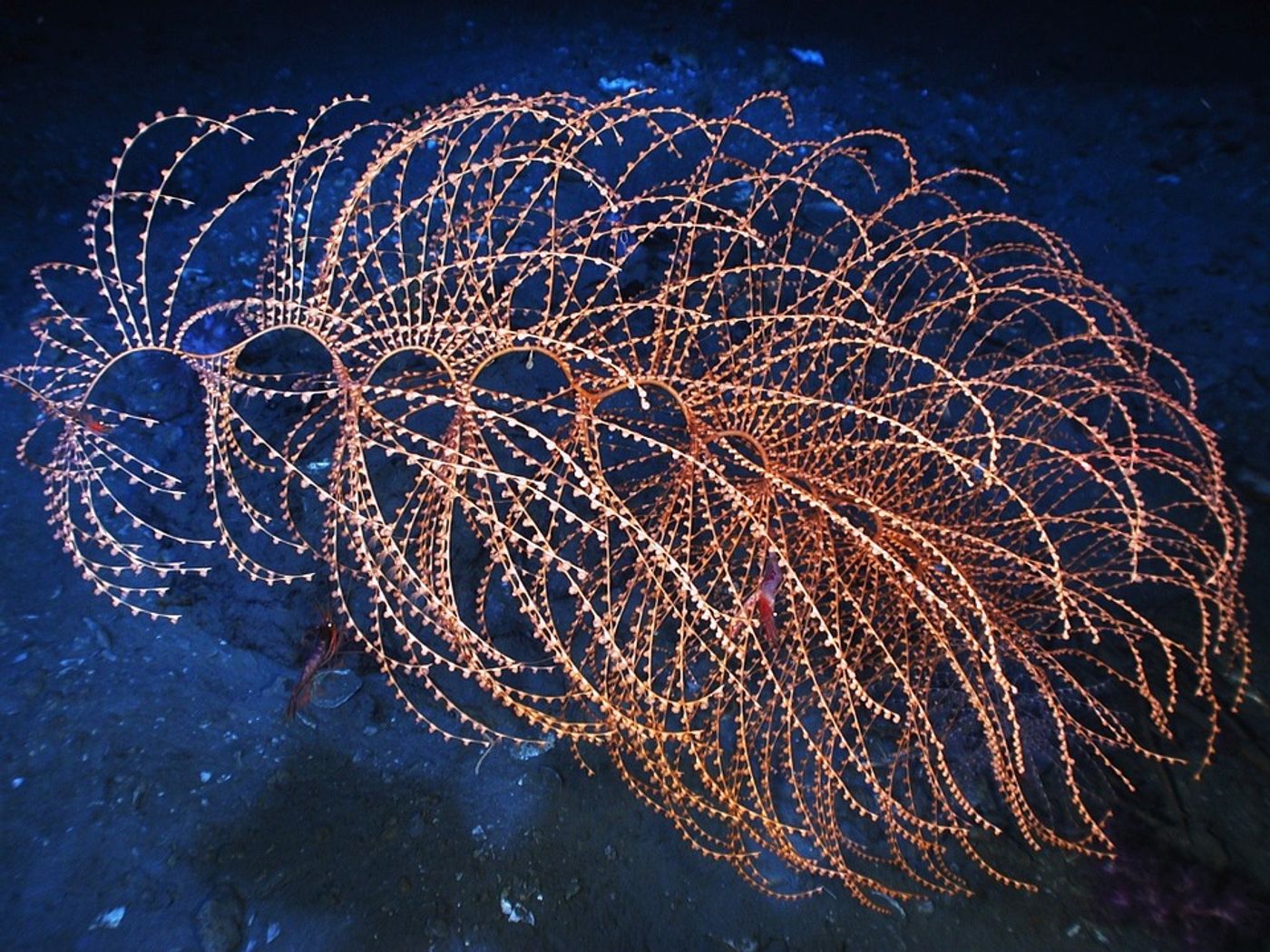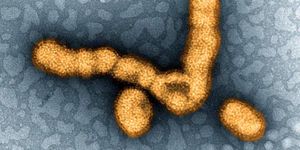Soft coral garden in Greenland needs protection
Research published in Frontiers in Marine Science paper describes the discovery of a soft coral garden in the waters off of west Greenland. As the first of its kind found in the region, the research team responsible for the discovery hope that the 486 square kilometers that encompass it will be named a 'Vulnerable Marine Ecosystem' under UN guidelines in order to protect it.
The research was carried out by scientists from UCL, ZSL, and Greenland Institute of Natural Resources who utilized a deep-sea video camera that they developed in order to explore the ocean floor.
First author Stephen Long commented: "The deep sea is often overlooked in terms of exploration. In fact, we have better maps of the surface of Mars, than we do of the deep sea. The development of a low-cost tool that can withstand deep-sea environments opens up new possibilities for our understanding and management of marine ecosystems. We'll be working with the Greenland government and fishing industry to ensure this fragile, complex, and beautiful habitat is protected."
The soft coral garden that they found lies about 500 meters below the ocean’s surface and exists at a pressure 50 times greater than at sea-level (ouch, my ears hurt just thinking about that!). The camera that Long and fellow colleagues developed in order to explore it consists of a towed video sled, which uses a GoPro video camera, lights, and lasers in special pressure housings, mounted on a steel frame.
Long said: "A towed video sled is not unique. However, our research is certainly the first example of a low-cost DIY video sled being used to explore deep-sea habitats in Greenland's 2.2million km² of sea. So far, the team has managed to reach an impressive depth of 1,500m. It has worked remarkably well and led to interest from researchers in other parts of the world."
This inexpensive DIY system allowed the researchers to observe 44,035 annotations of various fauna, the most abundant of which were anemones (15,531) and cauliflower corals (11,633), with cauliflower corals observed at a maximum density of 9.36 corals per square meter. Other fauna included feather stars, sponges, brittle stars, and hydrozoans bryozoans.
While the soft coral garden lives in nearly complete darkness, its diversity is undeniable. Dr. Chris Yesson (ZSL), the last author on the study, said "Coral gardens are characterized by collections of one or more species (typically of non-reef forming coral), that sit on a wide range of hard and soft bottom habitats, from rock to sand, and support a diversity of fauna. There is considerable diversity among coral garden communities, which have previously been observed in areas such as northwest and southeast Iceland."
The researchers hope their discovery of the soft coral garden will encourage its protection, especially given that it sits directly adjacent to economically important deep-sea trawl fisheries.
“Despite knowing so little about these seafloor habitats, the Greenlandic economy depends on a small number of fisheries which trawl the seabed. We hope that studies like this will increase our understanding of ecological relationships, and contribute to sustainable fisheries management," concludes Dr. Martin Blicher.
Sources: Frontiers in Marine Science, Science Daily









